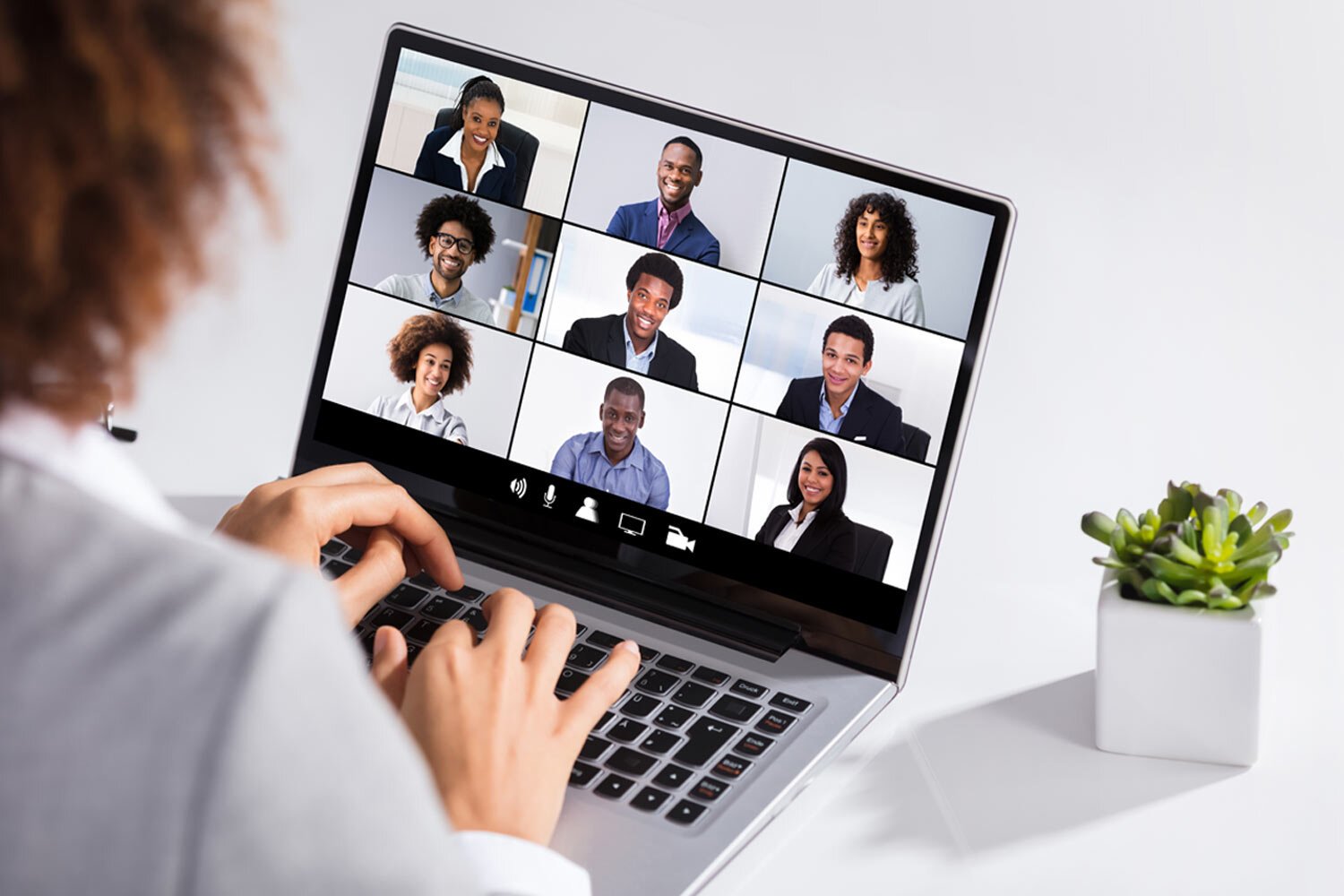Rapid Business Change Demands Adaptable Learning Strategy: 10 Best Practices
How is your Learning and Development (L&D) team stacking up in terms of being nimble and on-point alongside the goals of the business? In this article, we explore ways to keep pace with the business while continuing to provide valuable learning experiences. We’ll go deeper into how to use reskilling/upskilling to evolve your L&D team’s strategies and systems.
What is driving this need for speed?
As we discussed in our previous article, Moving at the Speed of Need: Upskilling/Reskilling, there are new demands on the L&D function to keep pace with the need for employees to have more and more digital skills. Employees across all organizations are feeling this and are demanding more frequent, up-to-the-minute, and most current learning content.
What do these new demands signify for L&D Teams?
L&D leaders and their teams need to quickly figure out how to be more flexible, agile, and to prove they are having a positive impact on the business goals and bottom line. This includes possibly reshaping L&D teams, strategies, skills, tools, platforms, processes, measurements/assessments - as well as balancing your roadmap with reality.
In this article, we’ll be focusing on challenges that L&D teams are experiencing due to the rapid changes in business climate that necessitates L&D teams to be more agile and flexible to meet those changes. In the next article in this series, A Framework for Improving Business Outcomes with Data Driven Learning Strategies, we’ll dive into using data analysis as a tool to align training initiatives with business strategies to your team’s positive impact on the bottom line.
Challenges for L&D in 2022 and beyond
Due to the rapid change in our world and businesses, there are several main challenges that L&D teams face to improve their functional flexibility, better align with the business and adapt to our highly digital environment:
Busy Workers. Employees have less time and tolerance for logging in to an LMS (learning management system) for answers. They need learning that is on-demand, in-the-flow-of-work, searchable, selective, and accessible.
Traditional L&D Skill Silos. Great designers and writers will always be important, but L&D teams need an expanded set of skills to align with and meet evolving business requirements, such as data analysis, strategic and critical thinking, change management, and even marketing skills.
Lagging Learning Strategies. Formal, linear strategies can’t keep up with rapid changes in the business environment.
Quickly Outdated Learning Content. Too much time is spent creating content that is comprehensive, long-lasting and polished, and while it looks good, overengineered training is slower to reach the people its intended for which translates to missed training opportunities and a smaller overall business imact. Content that takes a long time to develop can also result in a shorter shelf life.
Remote Connections and Collaboration. With remote and hybrid work being the new normal, L&D strategies need to encourage and support even more ways for social learning and peer-to-peer learning in real-time.
New Strategies, Skills, Tools, Platforms, Processes, Measurements
L&D teams who are aware of the challenges of a quickly moving digital world and the needs of agile businesses are meeting these challenges by evolving and adjusting. Here are some approaches Prime 8 has used with our clients who needed rapid response learning solutions:
Progressive Skill Development. Enhance the skills of your learning teams by embedding new and emerging skills into actual projects, such as data analytics, business and commercial acumen, as well as new learning technologies that utilize artificial intelligence, adaptive learning, immersive realities, and extended realities.
Change-proof Learning Strategies. Create a dynamic learning strategy that proactively adapts to internal triggers (mergers, product releases, etc) and changes in external circumstances (changing regulations, new competitors).
Targeted Iterative Content. Instead of creating content that is comprehensive, long-lasting and polished, target it to a specific skill. A rather over-the-top yet great example of this is miss.excel, who publishes on TikTok which requires all videos to be no more than 180 seconds.
Prioritization. Use an Impact/Effort Matrix for making clear project priority decisions, starting with having a clear vision of what is most important to the company in achieving its goals.
MVP (minimally viable product). Deliver the precise learning experience and content needed in the moment, and not more.
Quality. Determine which learning assets need to have the highest quality and polish, and then account for a more comprehensive approach and longer duration in the project plan for a full ADDIE treatment (Analysis, Design, Development, Implementation, Evaluation). For all other projects, plan for a simpler approach such as SAM (Successive Approximation Method) and faster turnaround.
Fast-Track Development. Use a development tool that makes updating content a breeze for assets that change frequently (Articulate Rise instead of Storyline). Make quick videos using your smartphone. Make your information-gathering interview with your SME (subject matter expert) a video to deliver as a learning asset.
Self-Service Development. Create a system and adopt tools for encouraging employees to share their knowledge with peers (make videos directly in your learning management system, answer questions as a SME in communities and discussion boards).
Learning Culture. Encourage learning and sharing with badging, rewards, certifications, and discussion boards. Apply both push and pull methods to create a more continuous and open learning culture (e.g. push targeted learning to specific groups, allow all employees to pull what they need when they need it). Create microlearning activities that are part of the everyday flow of work, such as using Microsoft Teams where colleagues create self-forming cohorts and engage with learning in a team-based fashion that mirrors how work really gets done.
Personalization. Design customized landing pages for different groups in your LMS, such as a page for the role People Managers to help them quickly navigate to the specific tools and resources they need most often.
The ideas above can be used to jumpstart brainstorming with your team to build your own list, specific to your team and company. In the next section, we’ll cover this step as part of the larger process.
What are some ways to evaluate and adjust your L&D team’s agility and ability?
Here is Prime 8’s best practice process for organizing and upskilling learning teams to respond to businesses at the speed of need.
Ensure every member on your team knows the overall business strategy and goals of your company or immediate business unit.
Research the state of the learning industry as it relates to your training priorities and talk to learning leaders outside of your organization to gain insights into what others are doing to meet these new challenges.
Brainstorm with your team to list gaps in current offerings, skills, and processes to determine where you aren’t sufficiently set up to support business goals.
Gather feedback from leaders in other business functions in the company to understand their assessment of the L&D team’s effectiveness and gaps.
Based on your research and evaluations, develop new strategies and goals for your team that better align with the business.
Determine if your current team has the necessary tools, systems, platform, processes, and skills. List any gaps or improvements that are needed and how you will fill the gaps.
Share your new L&D strategies and goals with executive leadership in the organization to ensure your plans are comprehensive, aligned with the business, and supported by leadership and other internal business partners.
Get Help from the Experts
Prime 8 Consulting has been a partner to many clients on their journeys of reskilling and upskilling L&D teams, as well as helping teams to better align with and support the business bottom line.
Prime 8 has the experience needed to support or drive the effort if needed for evaluating, planning, and delivering reskilling and upskilling programs. To see how we’ve helped other companies adapt, take a look at a few more of our customer stories or reach out to learning@prime8consulting.com with any questions you have.






















